SOME UNTOLD FACTS REGARDING POMPEII
Whether from MountVesuvius or director Paul W.S. Anderson, most of us associate the name Pompeii with disaster. But while the deadly explosion of 79 a.d. was the most memorable of these destructive civilizations, it was at one time in the history of this Italian city.
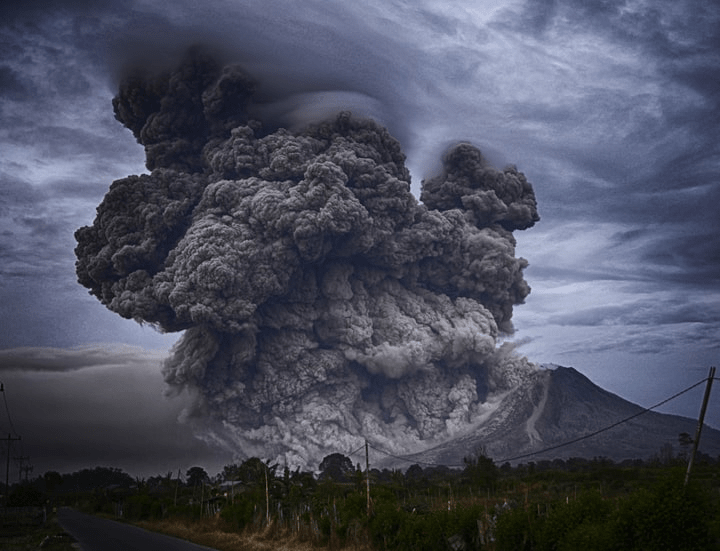
Today, we look at things you may not have known about Pompeii. So how much do we know about Pompeii's daily life? And how bad was the huge explosion that destroyed everything? Just a few miles from the crowded Rome, Pompeii was a popular summer destination for wealthy locals seeking a luxurious vacation. The city was less than its neighbor Rome and had many tourist attractions, such as a large theater, as well as a shopping mall with baths and shops. Think of it as a peaceful island in the film Jaws, except for a deadly volcano instead of a shark. And sex, lots and lots of sex. There would be no real Roman settlement without the number of brothels, something that has long been confirmed. The largest example visited is known as Lupanar. Located in the center of the city, archaeologists have been able to identify the formation of small cubicles each with a stone bed.
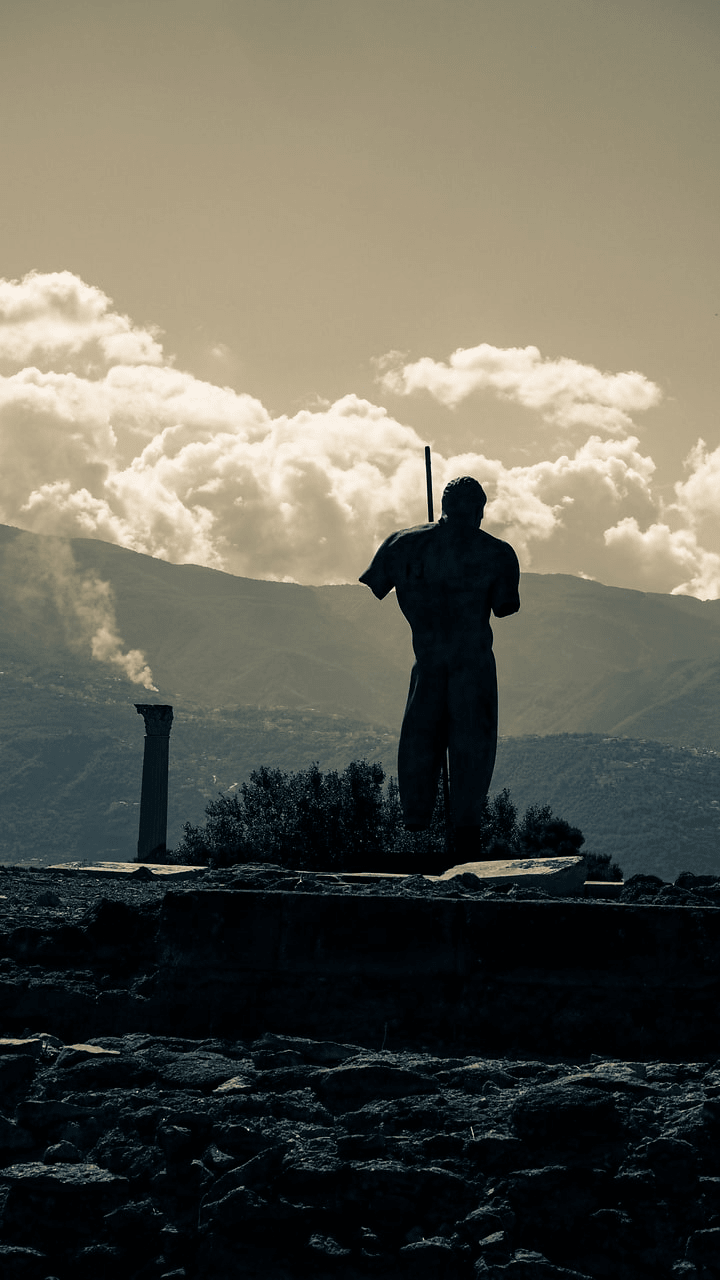
Along with this beloved sign of prostitution, the main building also features a sensuous menu for its walls that not only explains the list of explicit actions, but also their values. In fact, the whole city was an immoral place. As many of the buildings outside the prostitute were found to have the same sexual orientation, making this resemble Amsterdam than a family place. And I'm talking about street art. If you think graffiti is a modern invention, you will never have seen the antics of the hooligan civilization of cavemen. We have been putting a bad mark on our place since the beginning of man, Pompeii is no different. Modern tourists of the tropical history can still enjoy the craftsmanship of centuries, including the surviving proclamation, "Myrtis, sucks well" found on one of the walls of the city of prostitutes. It turns out that even after thousands of years, sexual jokes do not change at all. But not all ancient sex recommendations and brothel standards.
While there is documentary evidence of Pompeii's pre-eruption explosion, many well-preserved paintings on the city walls illuminate civilization. One of the most striking examples is the distinction of the skin tone presented between men and women, the maker of which is the gold bronze, and the last one is seen in light tones while wearing jewelry and luxury items. According to experts, this significant difference indicates that women had a higher status than their male counterparts. Their glowing skin is a symbol of low life and luxury. From Vulcan, the Roman fire god, the word volcano was not invented until the eruption of Mount Etna in the 1600s. Before that, the people of Pompeii had no official description of the coming desolation of their city.
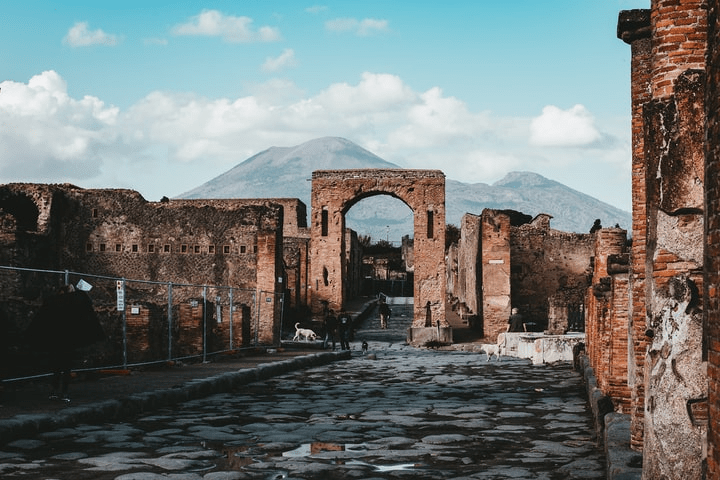
It is probably surprising to hear that there were so many warning signs leading to the eruption of Vesuvius, all of which were ignored by the people living below. First, a magnitude 7.0 earthquake shook the mountain decades ago, something local people have failed to connect with. In addition, the underwater rocks began to dry up and fish from the Sarno River began to die due to hard, acidic water in the water. In other words, if the inhabitants of Pompeii had known a little about these warning signs, we would probably have known this as one of the greatest losses in history. But it is not the only view that plagues Pompeii. You would think that the discovery of an ancient and apocalyptic burial ground would come naturally to anyone who came to it, but in reality that was not the case with Pompeii. The first fossils were discovered by workers in 1599, originally wall frescoes with inscription flat naming the city under which they were buried. Surprisingly, this would not lead to full recovery.
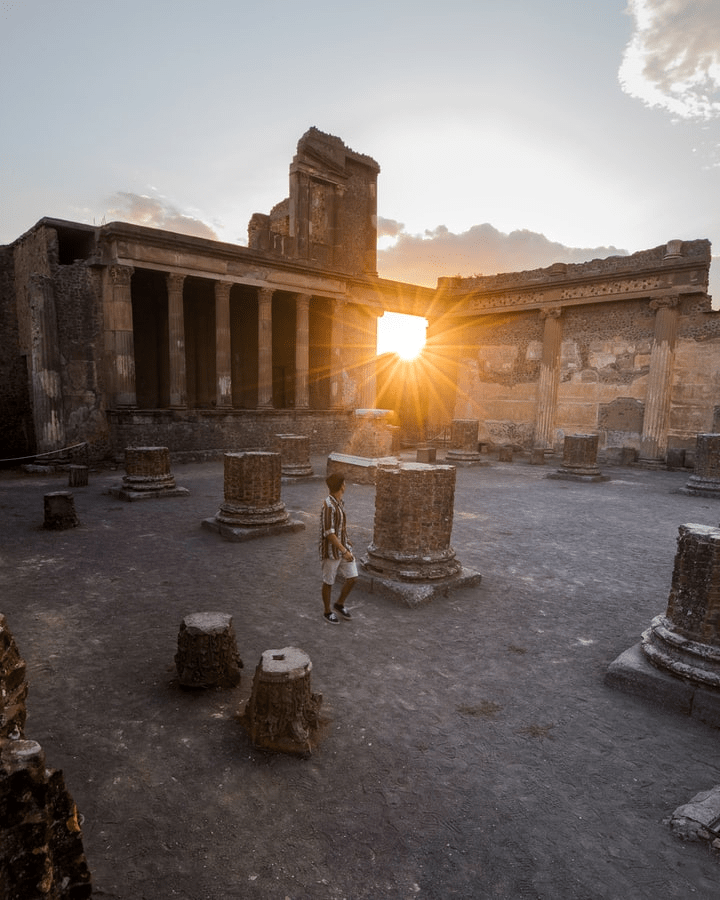
The small fruit was tested by an Italian builder, Domenico Fontana, who failed to pinpoint the existence of a town under this site. It was left for another 150 years before the King of Naples, Charles of Bourbon, finally ordered a divorce in the late 1740s. Never send an architect for archeology work. Surprisingly, this would not be the last stop to the founding of Pompeii. In October of 2018, scientists discovered neglected and important evidence. Specifically, the date marked with charcoal marks two months after the date of the eruption of August 24, 79 a.d. Given the fragile nature of the charcoal record, archaeologists now speculate that the city may have been destroyed much later than previously believed. Is it a very interesting discovery? Probably not, except that you could be a fanatic of Pompeii. Which, who is not? Although it is generally accepted that the inhabitants of Pompeii were killed by ashes from ashes, new research shows that this is actually a lie.
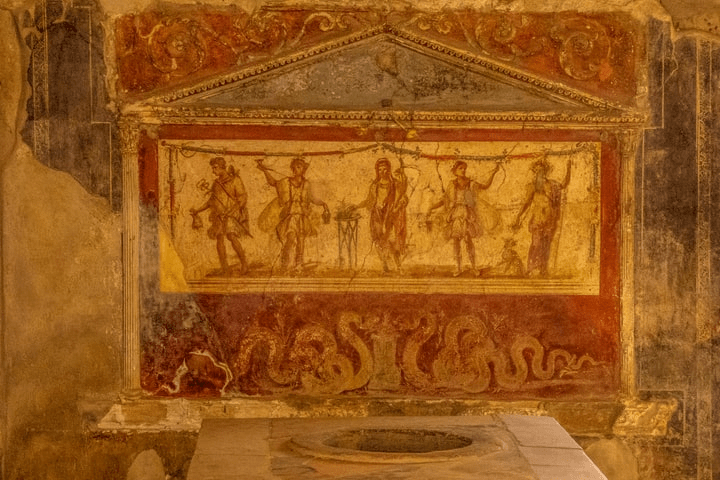
In fact, the people of this large city of the country were devastated by the blazing heat. Kill them instantly by exposing them to temperatures as high as 1,000 degrees. Well, that sounds like an algorithm hell on Earth. To make matters worse, the ashes of the ashes and the burning gas were also the reason why Pompeii's victims and their customs seemed untouched and held for more than 2,000 years. Surprisingly, this procedure kept the frightened bodies better than any modern embalming method. So we guess the lesson here is that if you wish to commit suicide long after your death, there is no better way than to stay close to an angry volcano.
It also released a large number of vignettes depicting the Finnish man’s times for city dwellers. One of the news comes from the discovery of a man in charge of ending the first blast, which was recently disrupted. And by crashing, we mean he seemed to be crushed by a large hot rock flying. The stone, thought to be the doorway, was thrown into the air because of the volcanic flow. From there it landed repeatedly on the head of our survivor, unfortunately. And while you may think that this is what made him do it, the truth discovered came out most astonishingly and terrifyingly. After further investigation, it was later revealed that the victim's skull was incomplete, meaning he was later trapped and killed by heat and ash. To make matters worse, bone lesions have led scientists to believe that he already had a disease that prevented his movement. Talk about misfortune.
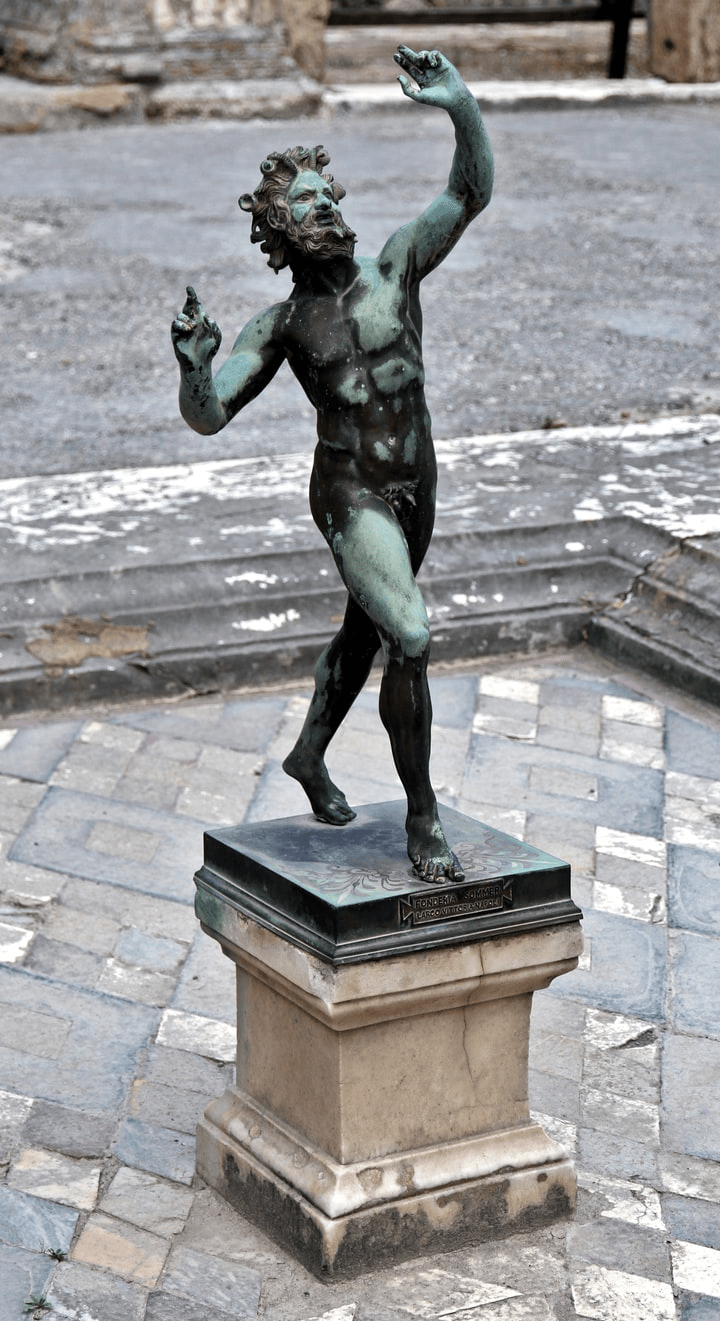
But not all despair. Another amazing discovery was made when the archaeologist examined the victim's teeth. Using multiple skeletal CT scans, the scientists found the closest chompers in 3D body reconstruction. Their exemplary dental work is based on a combination of dyed fruits and vegetables, combined with the highest level of fluorine in the mountains. Therefore, at least our broken bones die with a small tooth bill. While historians disagree on the number of casualties, some estimate that the figure in Pompeii is estimated at 30,000. While this may seem like a lot of money, it is not a deadly mountain in the history of volcanoes. In the top five months of the genocide, the city of Pompeii is not undergoing genocide. Winner of the unknown 1815 eruption of Mount Tambora in Indonesia, which claimed the lives of 80,000 people. Now, why do we remember Pompeii so well?
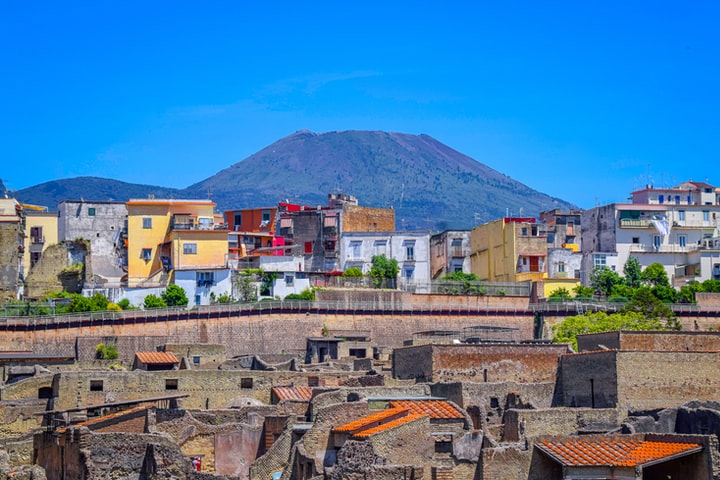
Probably because of a terrible situation that has been carefully preserved by nature. No clearer picture of extinction and terror has been found than in the cities of Pompeii. The bodies, many of which are still missing, show a futile attempt to escape the inevitable. One of the saddest examples of the discovery in 1990 was that many citizens tried to use their hats as a cover away from the sulfur air. There is also one eyewitness account of the devastation written by one of the few witnesses to the explosion of a book between two Pliny the younger Cornelius Tacitus.
The result has been described as, "a thick black cloud spread over the earth like a flood accompanied by the cries of women, the cries of infants, and the cries of men." The emotional narrative goes hand in hand with Young's assertion that, "some prayed for death out of fear of death and that many begged for divine help, but it was thought that there were no gods left and that the world was plunged into eternal darkness." Imagine that you have a knack for volcanoes and you see that the end was the end of time.
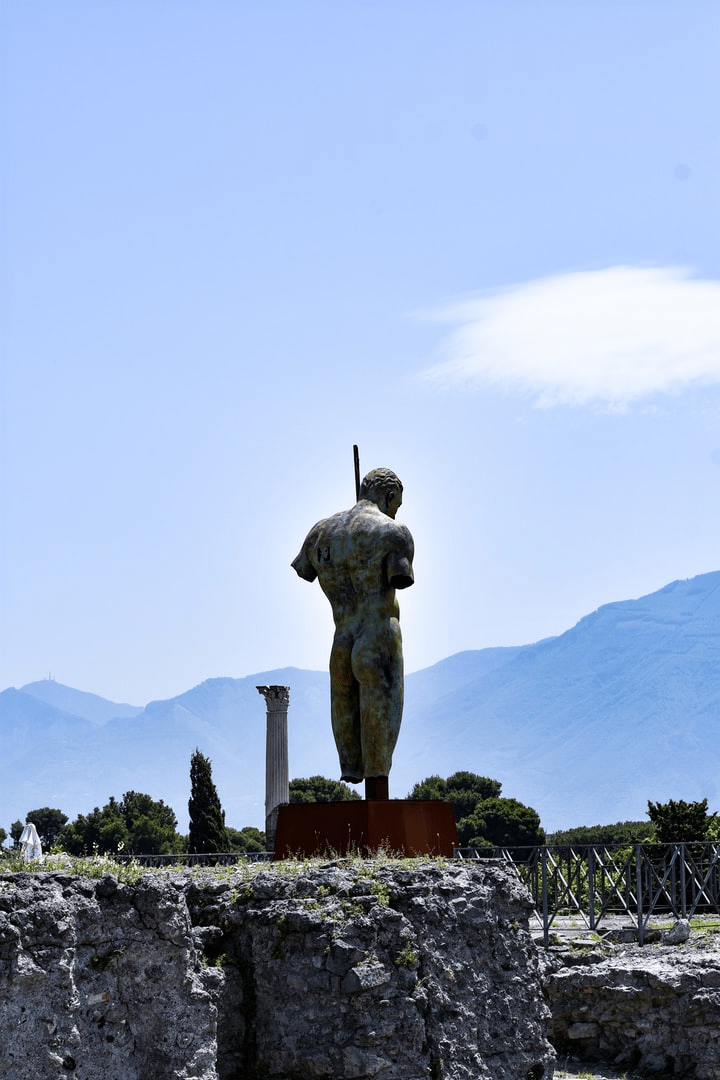
This is a prostitute incorporated within the city of Pompeii. And of course, it is not the horrible details of this tragedy. Mount Vesuvius, a magnificent 4,000 feet [4,200 m], is the only active volcano in continental Europe and erupts more than 50 times as far as we know. Today, it is surrounded by a population of three million over, making it one of the most dangerous volcanoes in terms of potential impact from other eruptions. In other words, there is an annoyance when the events of 79 a.d. will be the final tragedy for Pompeii. But no damage to our fingers, right?

0 Comments